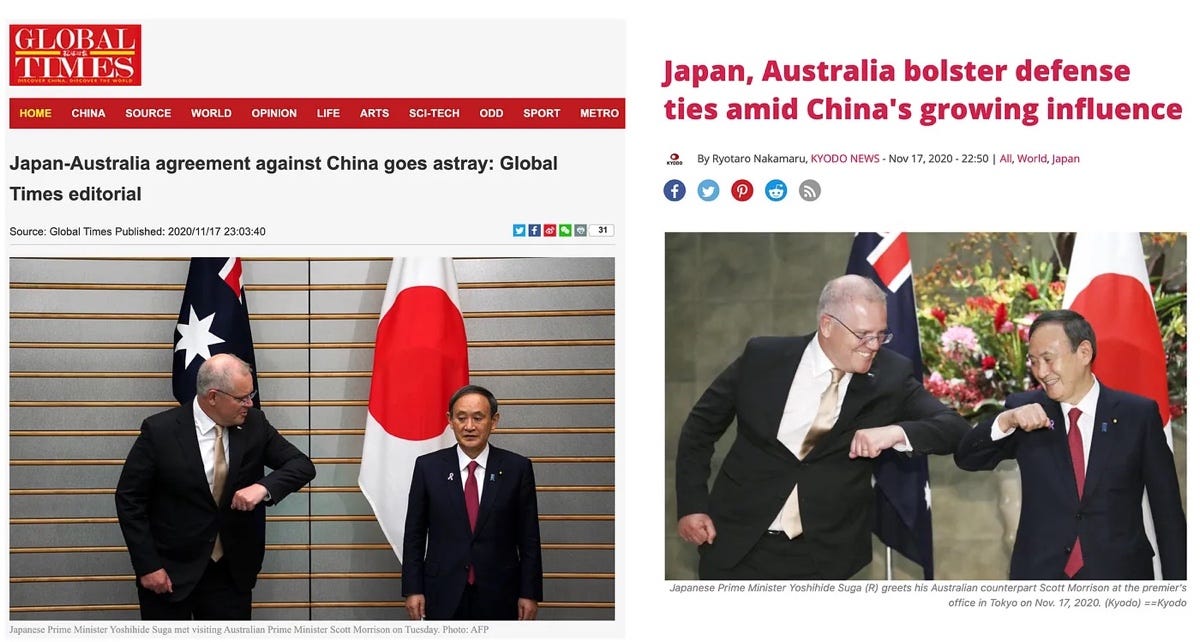Power of images in the news
Eleven days into the war between Israel and Hamas, we, media educators, need to look beyond false or misleading photos and videos in our teaching.
Quite expected by many in our field, a flurry of misinformation has been circulating globally in different languages since Hamas launched a surprise attack in Israel earlier this month.
The deadly conflict seems to be escalating every time we learn about the latest developments in the media. Along with news photos and videos from the war zones that are sometimes unsettling, we are constantly exposed to a large volume of dramatic and sensational images that are often unrelated or doctored.
Naturally, this situation presents a teaching moment for all of us who discuss fact-checking, misinformation, and news literacy in class.
The following articles, for example, are the ones I am thinking about using as reading assignments next week:
Propaganda, deception, and fake news in the Israel-Hamas conflict (Al Jazeera)
Who's behind Israel-Gaza disinformation and hate online? (BBC)
Amid images and news of actual war, false and misleading claims about Israel-Hamas thrive (Poynter)
Israel-Hamas war: Fact-checking online misinformation (Reuters)
Misinformation about the Israel-Hamas war is flooding social media. Here are the facts (AP)
A flood of misinformation shapes views of Israel-Gaza conflict (Washington Post)
Images may not be real, but associated claims could still hold some truth
At the same time, though, we should not dismiss fabricated images as total nonsense with no bearing.
In my more than ten years of teaching news literacy and fact-checking, I learned that media professionals and the audience don’t always think or react in the same way to debunking efforts.
For instance, let’s suppose a photo of children being crammed in a cage is circulating with a claim that it shows hostages captured by terrorists or soldiers. Investigating the authenticity of such pictures can be difficult, but not impossible.
In this hypothetical scenario, let’s say we can establish with evidence that the image is a deleted scene from a TV drama that was not used in the broadcast.
We can safely say the viral content is misinformation and very manipulative because the children’s image naturally stirs our emotions and influences our perceptions toward the group that is accused of using children as hostages in the conflict.
But here’s the dilemma. Even if we can categorically prove that the photo has nothing to do with the ongoing war, it does not mean children have not been kidnapped or kept in a cage. It could still be happening. It’s just that the photo in question does not show it, and that is all.
Professional fact-checkers are careful about telling the audience what they can substantiate and what they cannot. However, not all media consumers pay attention to the distinction.

Many of us hang on to the overall impression we get and may think that fact-checkers are debunking the whole premise of the claim. In this case, people may think that because the photo is fake, the news about child hostages is also bogus or exaggerated.
Even if fact-checkers can prove a picture of body bags or a video of cruel killings is falsified, that does not mean the actual situations are less brutal or different. The reality could still resemble the misleading images. After all, it is a war, and people are killing each other.
This is what we educators need to be careful about. Our tendency to look at everything in a dichotomy — good vs. evil; fake vs. real; us vs. them — can get in the way when we try to assess what exactly is being fact-checked and find quality news reports, including authentic photos and videos, on the same topic or issue.
Power of visual news storytelling must be addressed first
One thing I always do when I discuss issues and challenges surrounding news photos and videos like misinformation and gotcha journalism, I make sure to start with how images are powerful storytelling tools that connect us together.
They make us feel like we are witnessing a news event. They capture the emotions of the people in the news vividly while grabbing our attention and feelings. Some iconic news photos and videos raise awareness and stay in our memory for a long time.
I think it is important to address visual journalism's positive and effective side to avoid making students cynical amid a deluge of misinformation. I’ve summarised how I teach photojournalism in our Toolkit, featuring many video clips on this topic.
The same page also discusses issues like framing and image manipulation.
Upcoming events
Our next ANNIE Connect online gathering will be on 20 October 2023 at 10:30 a.m. HKT (UTC+8). I will demonstrate how I teach photojournalism with lecture slide examples and teaching activities.
If you're interested, please register here (if you haven’t done so yet, that is): https://hku.zoom.us/meeting/register/tJ0rcuuvqzspGNBeY11cN6QZG8X6WIuVxhCO
Lastly, I am speaking at the half-day online conference organised by Germany’s Goethe Institut, titled “Facts & Context Matter: Media Literacy in East Asia and Europe,” on 28 October 2023, which starts at 14:00 (UTC+8).
It is free, and if you’re interested, you can download the program (PDF) and register in the following link: https://www.goethe.de/ins/jp/en/ver/fcm.html





